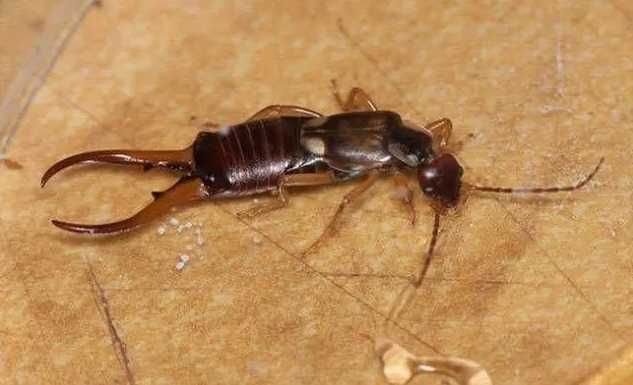Growing up to 18 centimeters in length, the small-mouthed mojarra features a streamlined profile with a slightly concave forehead and large, reflective eyes adapted to low-light conditions in its preferred habitats. Its dorsal surface ranges from pale olive to golden, fading to a bright silver ventrally, with faint, often indistinct horizontal stripes that provide camouflage among sandy seabeds and seagrass meadows. The defining trait, its small protractile mouth, is specialized for sifting through sediment to feed on tiny invertebrates, such as copepods, amphipods, and small mollusks, which it detects using sensitive barbels around the lips.
Inhabiting sheltered bays, lagoons, and the lower reaches of estuaries, Parargyrops microstoma prefers waters less than 15 meters deep with soft, sandy substrates. It is a social species, often forming loose schools that forage during the day and seek refuge in deeper or more turbid waters at night. Breeding occurs in the warmer months, with females releasing pelagic eggs into the water column, which are fertilized externally and carried by currents until hatching. Juveniles rely on mangrove roots and tidal flats for protection, where the dense vegetation offers both shelter from predators and abundant microfauna to feed on.
While not targeted by commercial fisheries due to its small size, the small-mouthed mojarra plays a crucial role in coastal food webs as a prey species for larger fish, birds, and marine mammals. It also contributes to nutrient cycling by consuming benthic invertebrates and redistributing energy within shallow ecosystems. However, like many estuarine-dependent species, it faces threats from habitat degradation, including mangrove deforestation, pollution from agricultural runoff, and coastal urbanization. These activities reduce the availability of suitable feeding and breeding grounds, impacting both juvenile and adult populations. Conservation efforts focused on preserving and restoring mangrove and seagrass habitats, along with promoting sustainable land use practices, are essential to maintaining the health of Parargyrops microstoma and the fragile ecosystems it inhabits. As a quiet steward of shallow coastal waters, this species highlights the interconnectedness of all marine life and the need for holistic approaches to conservation.










